Robben Island is South Africa’s largest island and it has a long, rich and muddied history. The island was once a stopover for passing ships in Table Bay, then a prison, a whaling station, and a leper colony. But its significance lies with the Robben Island museum and the maximum prison, used to hold and crush the spirits and bodies of the apartheid regime’s prisoners.
The most famous of these prisoners was the late and 1st president of South Africa, Nelson Mandela. But all that is history now as Robben Island is a World Heritage Site, and the prison is a museum dedicated to the suffering and injustice of the apartheid regime and the triumph of the human spirit.
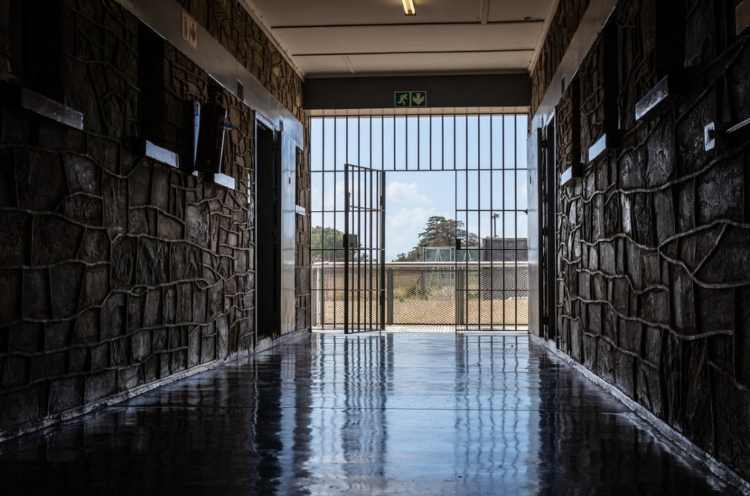
Robben Island Museum: Another South African Heritage Site
Robben Island was inscribed onto the world heritage list in 1999 as a site of cultural significance. The site has a lot of history dating back to the first Dutch colony at Cape Town in the 17th century, but it gained a lot of prominence during the apartheid era.
The prison was used as a correction facility for the wrongdoers in society, and also as a punishment to the South African leaders who dared challenge the government of the time.
The most famous of these prisoners was the Nobel Peace Prize winner and the 1st president of South Africa, Nelson Mandela.
Other leaders of the African National Congress (ANC – This has been the governing party of South Africa since 1994, but was founded in 1912) that were also held here include, Walter Sisulu, Ahmed Kathrada, Govan Mbeki, Robert Sobukwe, and Jacob Zuma.
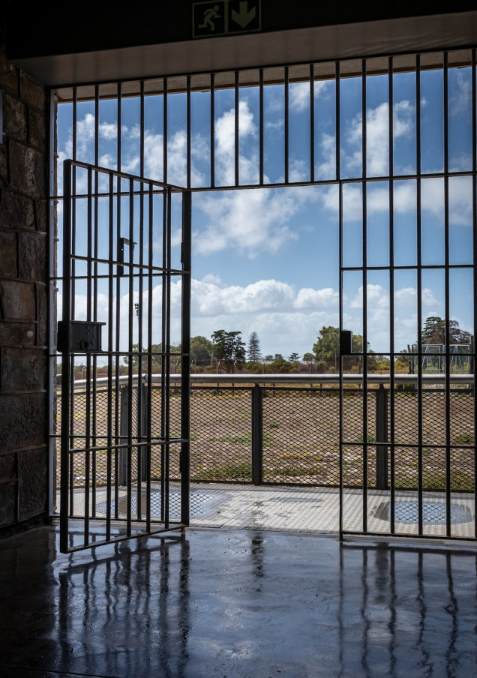
Since its closure, the prison on Robben Island has become a symbolic gesture of the human spirit and surviving adversity.
Not only the prison but also all the other structures that were built over the years make the island something to view and marvel at the cruelty of humanity and our spirit of perseverance.
A Little Bit of History of Robben Island
The island was discovered by the Portuguese explorer, Bartholomew Dias when he anchored his fleet of ships in Table Bay in 1488.
Robben Island was colonised by a variety of wildlife ranging from tortoises, penguins, other birds and seals at the time.
In fact, the island got its name, “Robben” from the Dutch word meaning seal. The island also had a fresh water supply from a few springs, that ships used to refill their freshwater supplies.
Before the mid-17th century, most ships to the Table Bay area preferred docking at Robben Island, to replenish their supplies of fresh meat and water, instead of dealing with the indigenous people further inland.
Due to these stopovers by ships, the island became an exchange point for ships dropping off mail. After 1652 when Dutch navigator Jan Van Riebeeck arrived at Cape Town, he set up a station on the island far from the mainland for ships to replenish their water supplies, and get fresh food.
The island had a variety of animals and birds that were ideal sources of food, such as seals and others that were introduced later such as rabbits and sheep.
After the Dutch set up a colony at what is now Cape Town, they built a large shelter and shed for their sheep on the island.
The island’s isolation offered better protection from wild animals than on the mainland. Around 1671, the Dutch set up a prison on the island to hold convicted criminals, political prisoners and others from Dutch colonies. These political prisoners also included religious leaders, kings and princes from Dutch colonies in the East Indies.
When the British annexed the Cape region in 1806, the island was too good a site not to continue using as a holding facility. Starting in 1812, and being officiated in 1845 by then colonial secretary John Montagu, the island was to be turned into a colony for the mentally ill, lepers, chronically ill and paupers.

This plan meant that the island became a dumping point for the Cape colony’s unwanted such as alcoholics, the mentally ill, those too old or sick to work, and prostitutes riddled with sexually transmitted diseases. The penal colony on the other hand was relocated to the main land for the prisoners to be more of use in government projects such as road building.
In January of 1865, the lighthouse was commissioned; it was designed by John Scott Tucker, was built using stones from the island’s quarry and stood at 18 m ( 54 ft) high.
In 1931, the colony of the unwanted was disbanded, with the sick being transferred to hospitals on the mainland and the island turned into a military outpost. This was before the second world war, with features such as new roads, water supply, houses, ammunition depot and a power station added.
In 1961, the island reverted back to its initial use as a prison and was now in use by the apartheid regime in South Africa. The island was used to hold black South Africans whom the government deemed a nuisance.
The conditions then were notoriously harsh, and when the prisoners were released at the end of the apartheid regime, the prison became a symbol of the human spirit.
Location of the Island and How To Get There
Robben Island is located in the Western Cape province of South Africa and is 11 km ( 6.83 mi) offshore of Cape Town in Table Bay and 7 km (4.34 mi) of Bloubergstrand, its nearest point to the mainland.
The island is roughly oval in shape with an area of 5.08 km² ( 1.96 mi²), a length of 3.3 km (2 mi) from North-South and a width of 1.9 km (1.18 mi) from East-West. The island is relatively flat and just a few metres above sea level.

Unfortunately, there is only one way of getting to the island, and that is by getting onto a ferry from the Nelson Mandela Gateway at the Victoria & Alfred (V&A) Waterfront.
The ferry trip takes about 30 minutes, and then from there a bus ride on the island can take you to the Kramat ( this is a shrine that honours a holy person in the Island religion, particularly in South Africa), the leper graveyard, the church designed by Sir Herbert Baker, the prison complexes, the lighthouse and the limestone quarry.
The Flora and Fauna around Robben Island
Robben Island consists mainly of grasslands and low shrubs. Most of the trees located on the island, are not native but rather have been planted by humans in the last 500 years.
The island doesn’t have a very good water supply as there are no rivers or streams, just a few pools of brackish water ( This is water that is saltier than freshwater, but not as salty as seawater). This lack of water means the island doesn’t have complex vegetation systems.
The animals on the island initially consisted of aquatic animals from seals and penguins to aquatic birds. All the other animals currently present on the island were brought in by humans. These include springbok, steenbok, European fallow deer, bontebok, eland, ostrich, feral cats, rats and rabbits.
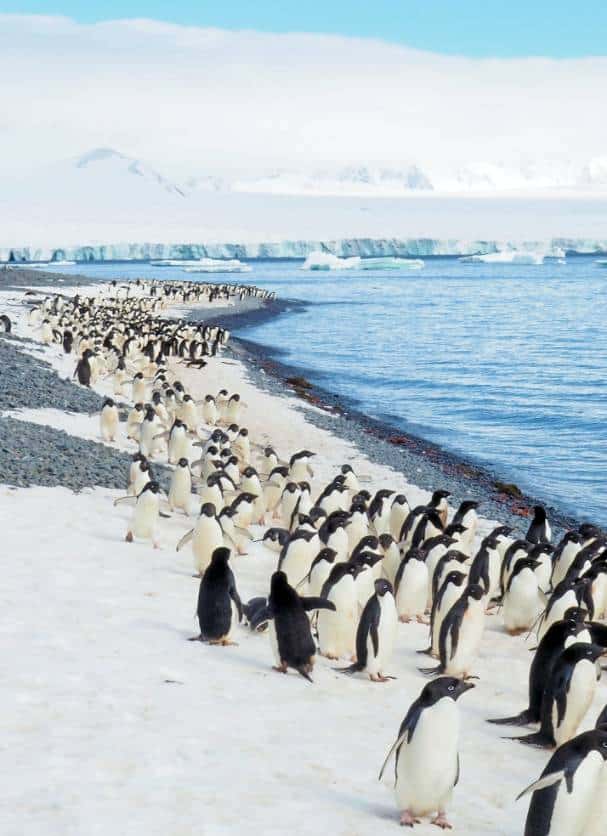
Birdlife is abundant around the island with around 75 different species of seabirds being sighted on the island. The most noticeable bird specie on the island is the African penguin which is slowly taking over the island since the closure of the prison, with their numbers estimated at about 1600 breeding pairs.
The African penguin can be found mainly to the North and East of the island. Other common bird species around the island include the Bank Cormorant, the Cape Cormorant, the Crowned cormorant, the African Black Oystercatcher, the Hartlaub’s Gull, Swift Tern and a feral breeding population of Indian Peafowl.
Activities to do on Robben Island
- A visit to the Robben Island Museum.
This museum was established in 1997 by the South African Government Department of Arts and Culture and is responsible for marketing and conserving the island as a world heritage site. Some of the attractions of the museum include;
- Nelson Mandela’s prison cell.
- Maximum and medium-security prison complexes.
- Robert Sobukwe House.
- The Kramat.
- The Garrison Church.
- The Robben Island lighthouse.
Robben Island Tours.
There are several tours to the island organised by the Robben Island Museum, ranging from general tours to educational.
General tours are organised daily from Monday to Sunday and there are four tours in a day with the first tour starting at 0900hrs, the second at 1100hrs, the third at 1300hrs, and the final trip at 1500hrs.
Prices for the tours are as follows:
| Adults | Children (under 18 years) | |
| South African Residents | ZAR400 | ZAR210 |
| Non South Africans | ZAR600 | ZAR310 |
Depending on the boat and weather conditions, the tour takes about 3.5 hours inclusive of the ferry ride. On reaching the Island, you’ll disembark on the Eastern part of the island at Murray’s Bay Harbour.
From there it is a short walk to the busses, which you will use as your main mode of transport throughout the island.
You will meet your tour guides once you board the bus. The tour guides are provided by the Robben Island Museum and are fully conversant with the island and its deep history. The tour will take you through the various buildings and spots along the island, finally culminating in Nelson Mandela’s prison cell.
There are specialised tours that take participants on an extended tour with more additional highlights and the total time taken for the tour will range from 3.5 hours to about 8 hours. Transport can be arranged together with the general tour or at an arranged time of your choosing. Below are the prices for the specialised tours.
| Adults | Children (under 18 years) | |
| South African residents | ZAR1000 | ZAR620 |
| Non South Africans. | ZAR1400 | ZAR820 |
The educational tours are targeted towards learners both in primary and secondary schools in South Africa. This tour is more in-depth than the general tour, as it aims to expose young learners to the rich and mixed heritage of South Africa. These tours are implemented in collaboration with the local schools. These tours only run from Monday to Friday.
During the peak tourist months, the tour can be quite crowded and online booking in advance is encouraged to prevent the last minute. The on-peak season is usually from the month of September to April, and the off-peak season is from May to August.
Also note that if you’ve booked a tour, you’ll need to be at the ferry no later than 30 minutes before the boarding time, and the gates close 10 minutes before departure. Failure to do so will result in a forfeit of the ticket with no refunds or rescheduling of boats once missed.
FAQS about Robben Island.
- What should I wear when touring the island?
When planning for a tour of Robben Island, get yourself comfortable walking shoes, sunglasses, a hat, and sun protection cream.
- Are Cameras allowed?
Cameras are allowed, but visitors are prohibited from taking photos of Robben Island for commercial uses, also tripods or drones are not allowed.
- If the tour is cancelled, can I be refunded?
If a particular tour is cancelled, funds will be refunded, but you’ll need proof of identification and a return of the ticket.
- Who is buried in the Kramat on Robben Island?
The Kramat on Robben Island was built for Pangerau Chakra Deningrat who was the prince of Madura and who perished on the island in 1754.
The Kramat is situated to the West of the Maximum prison. Behind Kramat to its West are the graves of Hadjie Matarim who died in 1755 and two other Muslims exists.
The Kramat as it is today was rebuilt by prisoners in 1967, and it is believed there are more Muslim graves outside the fenced area of the Kramat.
Related article:
My Final Conclusion.
I hope that you found this article on Robben Island museum and surroundings interesting, but if you have any more questions about this topic, please feel free to leave them down below in the comment section or join me on (one of) my social media channels!
I wish you happy travels to Africa!
Kind regards,
Lizzy
I now have a YouTube channel as well!
YouTube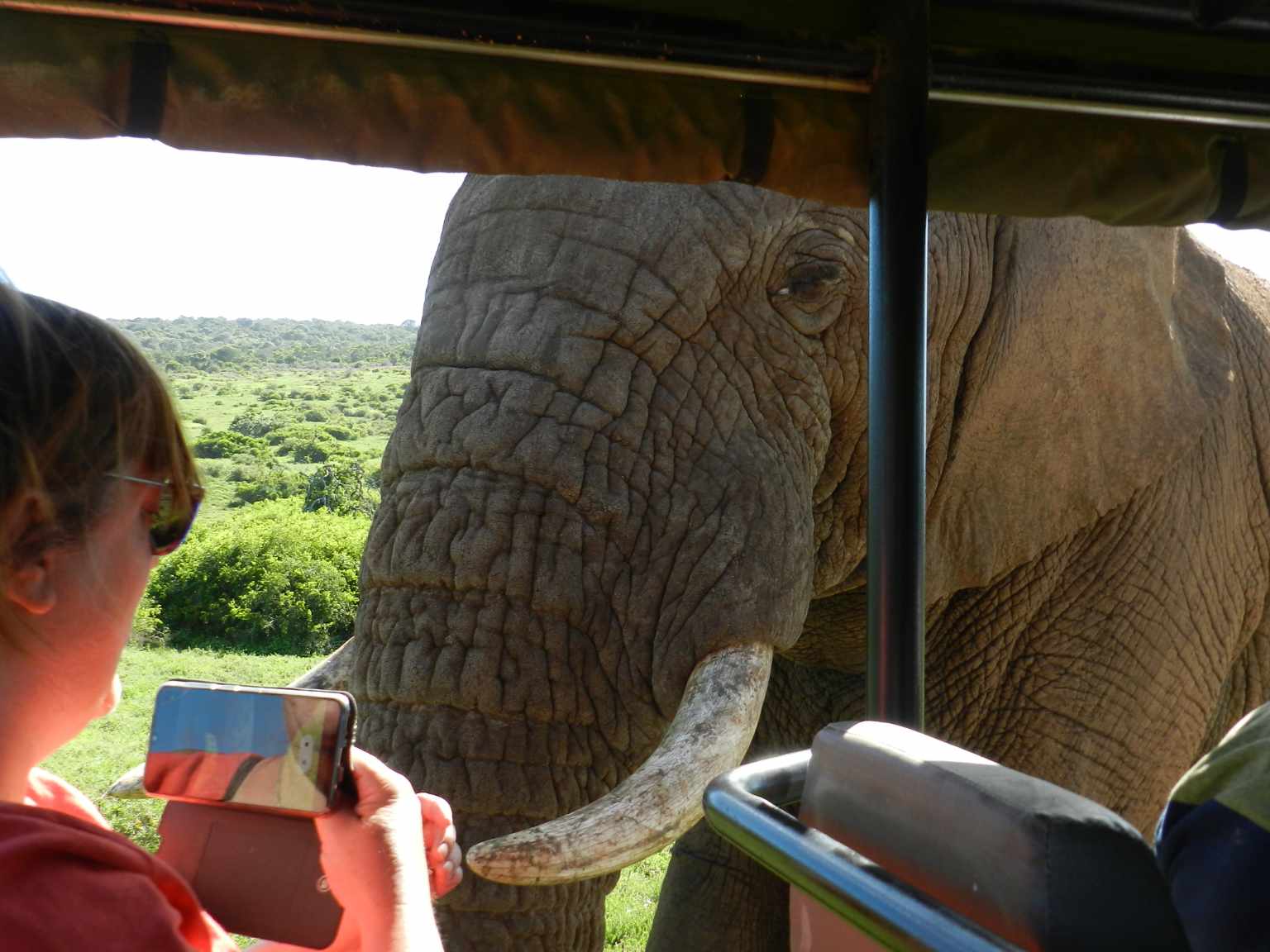
Hello Africa travellers!
Who am I? Well, the least you can say is that I am quite crazy about Africa, its nature, its climate, its culture, and more.
As a young woman in my twenties, I had already traveled to several African countries by traveling along in an overlander on my own and mostly camping ( or glamping ) and just fell in love with the diversity of it all.
So much, so that at the age of 26, I went back to university to study biology, which, unfortunately, I couldn’t finish because of health reasons (yes, I got sick from a tropical disease, oh cynicism). But this did not stop my dream of traveling back to Africa several times, and I still do.
My dream was back then to leave Europe and go study animal behavior, especially the elephants (sure, that’s every girl’s dream haha), but I am also very much intrigued by hyenas and other “ugly African animals“.
So, I “kind of” have a little bit of a scientific approach to my articles, when I write about African birds, for example. And most of all: the passion.
But life goes on, you move from one side of the country to the other, you get sick again and top it off with lower back problems, and before you know it, you are over 50 hahaha!
Now, I still travel to Africa, but take it a bit “easier” than the good old camping days, and stay in comfortable, yet affordable accommodations, together with my husband Wouter.
These are some of the countries I have traveled to: Kenya, Tanzania, Zanzibar, Malawi, Zambia, Zimbabwe, South Africa, Namibia, Botswana, Tunisia, and a little bit of Lesotho LOL .
While clearly not being African territory, but Spanish, I also visited Gran Canaria and Tenerife, and location-wise, I consider them “African”, because of their climate and nature, sue me :-p
The last trip I took was to South Africa in the year 2023, and it sure got the fevers for Africa back! From the Barberton mountains to the Drakensberg and the Southcoast, one month wasn’t enough at all to see the whole country, so we’ll be back! At ease and with a little bit more luxury than in my younger days haha!
I wish you happy travels!
Kind regards
Lizzy

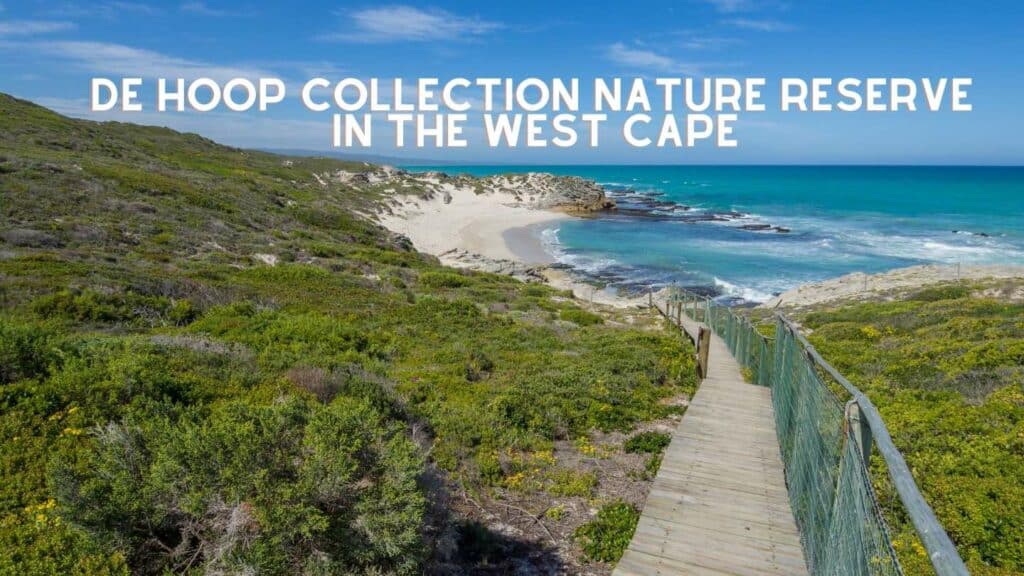
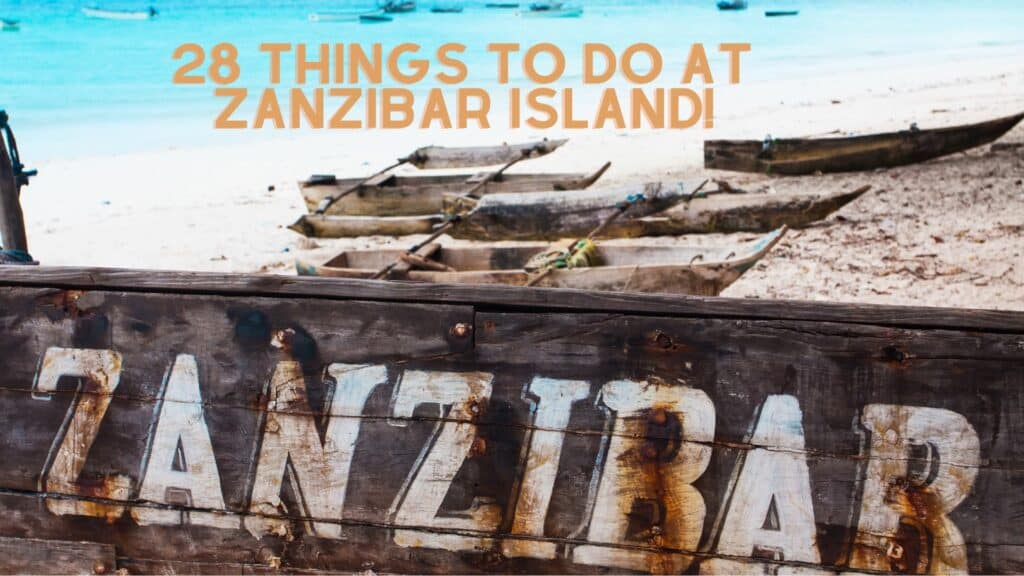
Engaged with the captivating article ‘Robben Island Museum: Where Past Meets Present In A Powerful Tale Of Resilience’ and was truly moved by its profound narrative. The way it seamlessly weaves together historical significance and present-day experiences is remarkable. This article serves as an inspiring tribute to resilience, shedding light on a vital part of our shared history. Kudos to the author for beautifully crafting this powerful tale that leaves a lasting impact
Thank you Brian!
Kind regards,
Lizzy
It was a fantastic read of Robben Island sitting here at home.
I believe a place has gone through a vast history over several hundred years.
The “so called” anti-social people, people on drugs, suffering from chronic illnesses, leppers (now curable!), and prostitutes were residents in this place. I am curious to know if society then was a better place to live.
The transformations of the island with the change of time and regime and finally, it is now a world heritage site.
I loved the blue water, the animals, and the surroundings. The images are eye-catching. I would put it on my wish list to visit.
Hi Anusuya!
Thank you for reading my article and I wish you happy travels!
Kind regards,
Lizzy
Hey Lizzy,
Thank you for taking the time to provide this detailed article. I read it with great interest!
I was aware of this island, as I had heard about it from the news in regards Nelson Mandela. The information you have provided is excellent. Sad to read about the use of this island during the Apartheid years, however, it is a part of our world history and needs to be known.
Your article provides everything you need to know – even that the island is only 1 mile x 2 miles wide and long, that’s so tiny!
Really love how you’ve delved into the wildlife of the island, both indigenous and ‘imported’ as it were.
Thoroughly loved reading this and learning the very fascinating history of this island.
Thanks again.
Cherie :o)
Hi Cherie, thank you so much for the positive comment and I wish you a fine day!
Kind regards,
Lizzy